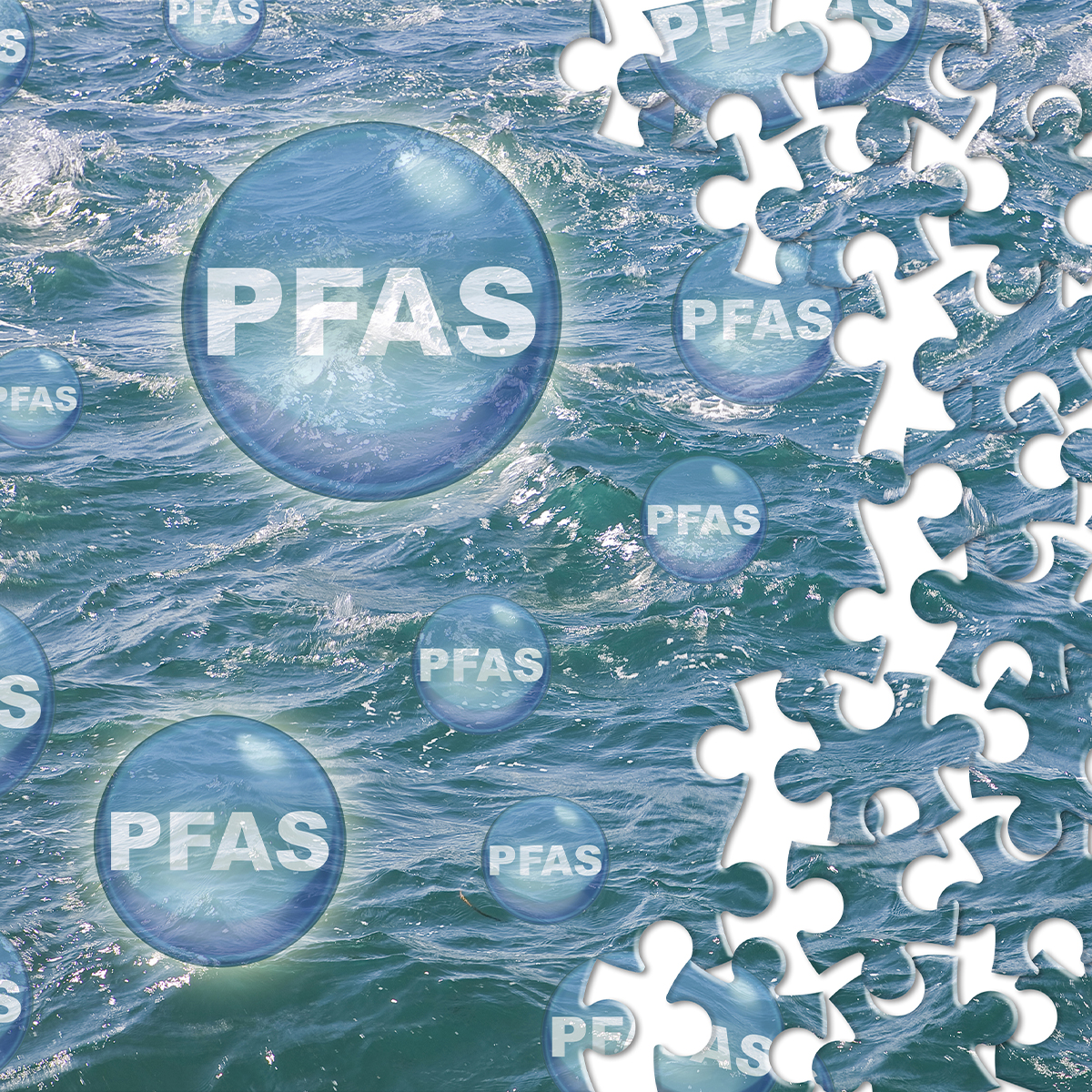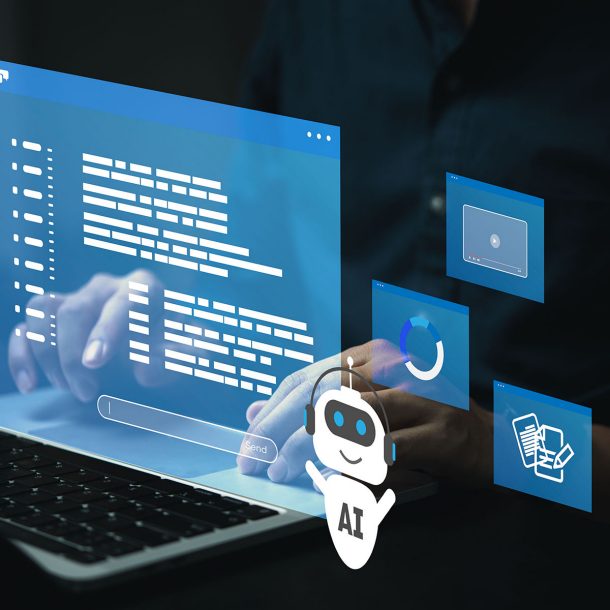-
Property & Casualty
Property & Casualty Overview

Property & Casualty
We offer a full range of reinsurance products and the expertise of our talented reinsurance team.
Trending Topics
Publication
That’s a Robotaxi in Your Rear-View Mirror – What Does This Mean for Insurers?
Publication
Cat Bonds – A Threat to Traditional Reinsurance?
Publication
Decision-Making in the Age of Generative Artificial Intelligence
Publication
Buildings Made of Wood – A Challenge For Insurers?
Publication
The CrowdStrike Incident – A Wake-Up Call for Insurers?
Publication
PFAS Awareness and Concern Continues to Grow. Will the Litigation it Generates Do Likewise? -
Life & Health
Life & Health Overview

Life & Health
We offer a full range of reinsurance products and the expertise of our talented reinsurance team.
Training & Education
Publication
When Actuaries Meet Claims Managers – Data-Driven Disability Claims Review
Publication
Chronic Pain and the Role of Insurers – A Multifactorial Perspective on Causes, Therapies and Prognosis
Publication
Fasting – A Tradition Across Civilizations
Publication
Alzheimer’s Disease Overview – Detection and New Treatments
Publication
Simplicity, Interpretability, and Effective Variable Selection with LASSO Regression Moving The Dial On Mental Health
Moving The Dial On Mental Health -
Knowledge Center
Knowledge Center Overview

Knowledge Center
Our global experts share their insights on insurance industry topics.
Trending Topics -
About Us
About Us OverviewCorporate Information

Meet Gen Re
Gen Re delivers reinsurance solutions to the Life & Health and Property & Casualty insurance industries.
- Careers Careers
How Is AI Being Used to Enhance Traditional Life Underwriting?

April 10, 2025
Dr. (Celia) Ying Zhang
Region: Asia
English
With the new wave of deep learning and machine learning techniques, artificial intelligence (AI) has the potential to live up to its promise of mimicking the perception, reasoning, learning, and problem-solving of the human mind. The positive impact of big models, including Generative AI, is permeating every aspect of the insurance industry, which will inevitably transform every aspect of its operations to move from the current state of ”detect and repair” to ”predict and prevent”.
Life Insurance
The ability to use AI to perform tasks that have traditionally required human intelligence suggests opportunities for AI to replace human workers at the task level. However, analyses of subsequent developments and relevant applications of AI models indicate that the bulk of productivity gains from AI are still likely to be driven by redesign of workflows rather than only task-level improvements.1
These innovations might also bring negative impacts for insurers to navigate. For example, model bias might cause inaccurate analyses and too much usage of AI might create customers’ concern about the fairness of its use. Insurers are aware of the potential efficiency gains but need to introduce solutions cautiously.2
Life Underwriting
Besides achieving targeted underwriting risk selection results, insurers have never stopped chasing more efficient underwriting processes. Compared to the other trials of system modification, AI has responded more positively to requests through making their systems’ landscape more complete by learning more from the existing data of insurers.
There are multiple ways AI can improve efficiency within the underwriting process. First, AI can increase the efficiency of assessing complicated cases by providing a quicker and more accurate underwriting decision. Also, AI can deal with less complicated cases with higher efficiency and consistency. It can help the underwriter by using machine learning technology to process medical and financial underwriting assessment more quickly, or extract insights and conclusions from the comparison between AI results, manual underwriting results, and claim experience.
The AI Underwriting Risk Score
There are various ways AI can be used to enhance traditional underwriting. One example is AI underwriting risk score. This AI risk score is a commonly seen form in the industry. An AI risk score, generated by an AI model, is conducted by quicker analysis of existing policy records and customer profiles. The AI risk score is associated with the customer’s profile and intended to be applied to bypass rules for concurrent application, minor claims, and substandard history.
The AI risk score can serve as an indicator of estimating the risk of death in the life assured with different risk factors. Insurers who apply this AI risk score are constantly monitoring their AI model to achieve the right balance between efficiency and risks. Reviewing placement rates, sales impacts, and underwriting class mix is helping carriers fine-tune their models over time.
Challenges
Methodology
A conflict exists between evidence-based traditional underwriting principles and big but uncertain data assessment results. The former relies on assessing the relationship between credible weighted risk factors (e.g., coronary artery disease risk factors) and the extra mortality and morbidity.3 The latter are machine learning results worked out by algorithm. The potential bias in machine learning is a topic worthy of attention. Due to the limitation of both volume and quality of training data, machine learning systems may learn these biases and amplify them in practical applications. Therefore, ensuring the fairness and unbiased nature of machine learning algorithms is very important when using AI to support an underwriting decision. Read more about this in our blog “Understanding the Importance of Algorithmic Fairness”.
The risk score generated by AI should be confirmed as fair, clear, and easy to interpret. However, some preliminary analyses of accelerated underwriting processes that use an AI risk score show that the claims experience of an accelerated underwriting process portfolio might not be as good as that of the traditional underwriting process. The challenge is not only the choice of AI model, but also to balance the improvement of underwriting efficiency and achieve a satisfactory underwriting risk selection result.
Legal Considerations
Attention must also be given to legal aspects (copyright infringement) and ethical considerations (with respect to sensitive attributes, such as ethnicity and gender). Strong data privacy restrictions have also made it challenging to directly work with clients’ data, which is necessary for AI model training.
To address these concerns, the de‑identification4 of structured data existing in direct insurance companies could be helpful to meet the requirements demanded by AI model training. For direct companies, when they apply a large amount of de‑identified data they own, they still face great challenges in the data setting and data mining stage. When a direct company works on calculating the percentage of the policies labeled as substandard in the past five years, generally there is only the coding and no exact reason available why these policies were labeled as substandard. As a result, the insurance company will encounter problems in differentiating those substandard cases because now when the life assured applies for another type of new cover, the underwriting principles might be different. As this example illustrates, the direct company is challenged by differentiating “substandard” cases properly.
The Availability of Data for Model Training
De‑identified client behavior data, structured electronic health record (EHR) and lab data, and attending physician statement (APS) summarization have all been under development with the expectation that they will be applied to AI model training to further enhance the accuracy of AI underwriting output.
A few firms have been offering APS summarization and scoring using optical character recognition (OCR) and natural language processing, but it is uncertain if these solutions are accurate enough for use in the underwriting space.
At Gen Re, we are conducting trials using OCR to summarize underwriting information in APS. For example, Gen Re’s Cologne Research & Development team has helped the German market on the OCR-driven summarization for Disability Insurance products; the next step is to extend the exploration to other languages and benefits.
For EHR data, some could be bought from a data vendor, but if more concrete and authentic data are needed for model training, most likely this should be authorized by clients in advance and then transferred from the social security bureau system. When we discuss with clients the real performance of the AI underwriting risk prediction model, we advise the reasoning and coding should be under the guidance of experienced underwriters. If the quality and volume of data applied for model training are limited, we suggest that model supervision, hard rules implementation, and ongoing calibration should work as constructive elements of ensuring the satisfactory performance of the model.
Summary
We have just discussed how life (re)insurance underwriting decisions supported by an AI model could work with the traditional underwriting process – and how to balance efficiency and accuracy.
During the model training stage, the output of the AI underwriting model should treat applicants on a consistent basis and be compared to a manual underwriter’s decision, which could guarantee the credibility of its efficiency and consistency.
An AI underwriting risk score could also be utilized to help the sales team find more potential clients by delivering a score in advance. We will cautiously adjust the scoring range of the risk-scoring system in different sales channels because the credible range of effective risk factors in some channels may differ from those collected from an insurance medicine examination.
Next Step
Gen Re is open to building an AI underwriting model with clients, taking on an advisory or collaborative role after managing data privacy restrictions and associated agreements. Gen Re can add significant value by offering specialized knowledge in the technicalities of the AI model. This includes identifying potential AI model risks and proposing solutions to monitor and mitigate the risks.
We also offer strategic guidance to align the AI underwriting model with business objectives. This includes reviewing if it is appropriate to use AI models in certain products. The close collaboration between underwriters and data scientists ensures the soundness of the eventual solution. This support, as well as a fast turnaround time, has been greatly appreciated by clients.
As MIT economist David Autor has observed: “Societal adjustments to earlier waves of technological advancement were neither rapid, automatic, nor cheap. But they did pay off handsomely.”5
We look forward to exploring more possibilities with our clients to embrace the change brought by AI while ensuring the traditional underwriting principles are implemented and legal requirements are satiesfied.
Endnotes
- Schmid F., “Generative Artificial Intelligence in Insurance – Four Aspects of the Current Debate”, Gen Re, 31 Jan. 2024, https://www.genre.com/knowledge/publications/2024/february/generative-artificial-intelligence-in-insurance-en, last accessed 4 Mar. 2025.
- Chechel F., Fullerton M., “New Life & Health Technologies – A Double-edged Sword”, Gen Re, 21 May 2024, https://www.genre.com/knowledge/publications/2024/may/new-life-health-technologies-a-double-edged-sword-en, last accessed 4 Mar. 2025.
- Wilson P. W., D’Agostino R. B., Levy D., Belanger A. M., Silbershatz H., Kannel W.B., “Prediction of coronary heart disease using risk factor categories.” Circulation, 1998;97:1837‑1847., https://pubmed.ncbi.nlm.nih.gov/9603539/, last accessed 4 Mar. 2025.
- Hintze M., “Viewing the GDPR through a de‑identification lens: a tool for compliance, clarification, and consistency”, International Data Privacy Law, Volume 8, Issue 1, February 2018, Pages 86–101, https://doi.org/10.1093/idpl/ipx020, last accessed 4 Mar. 2025.
- Autor D., “The Future of Work”, EconoFact Chats, 19 Dec. 2021, podcast: https://econofact.org/podcast/the-future-of-work, podcast transcript: EFChats-Transcript-David-Autor-FutureofWork.pdf, last accessed 4 Mar. 2025.

Segment Chief Underwriting Officer and Senior Medical Officer
See All Articles



